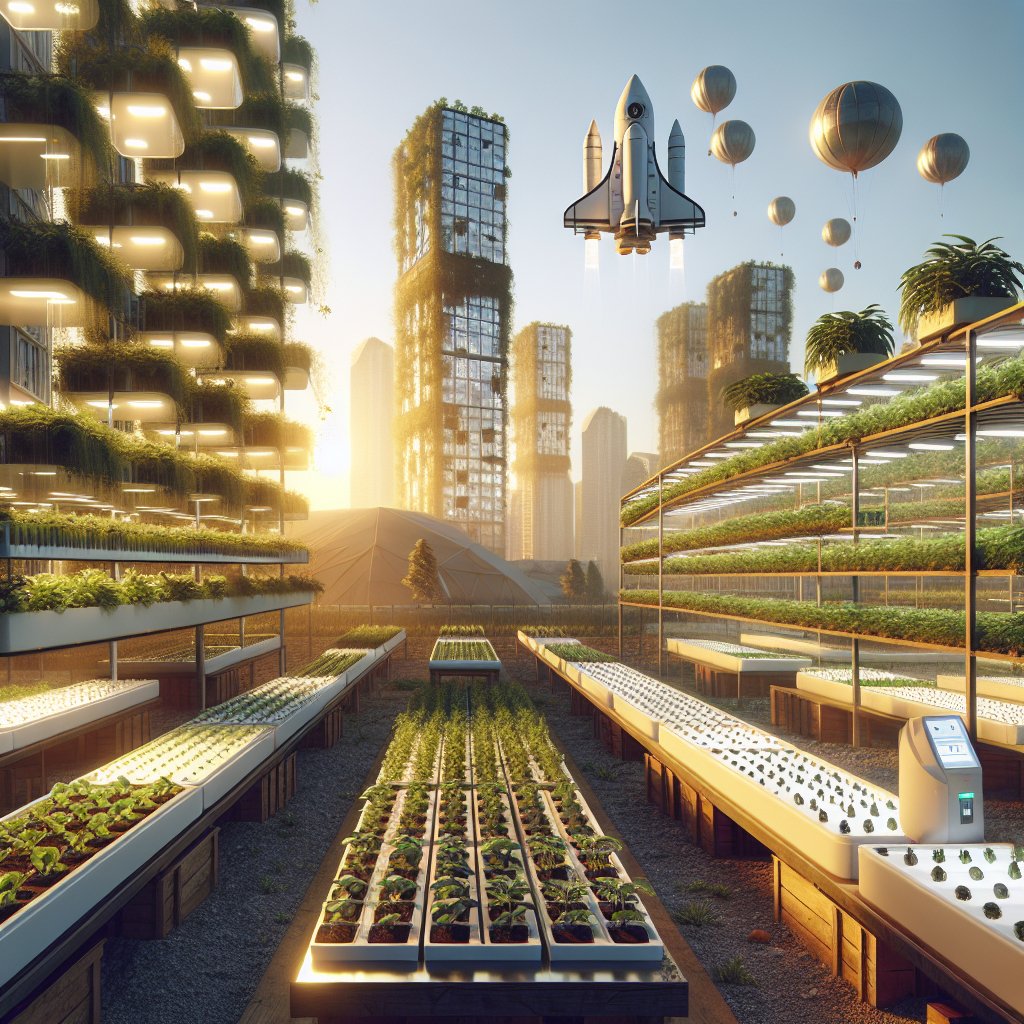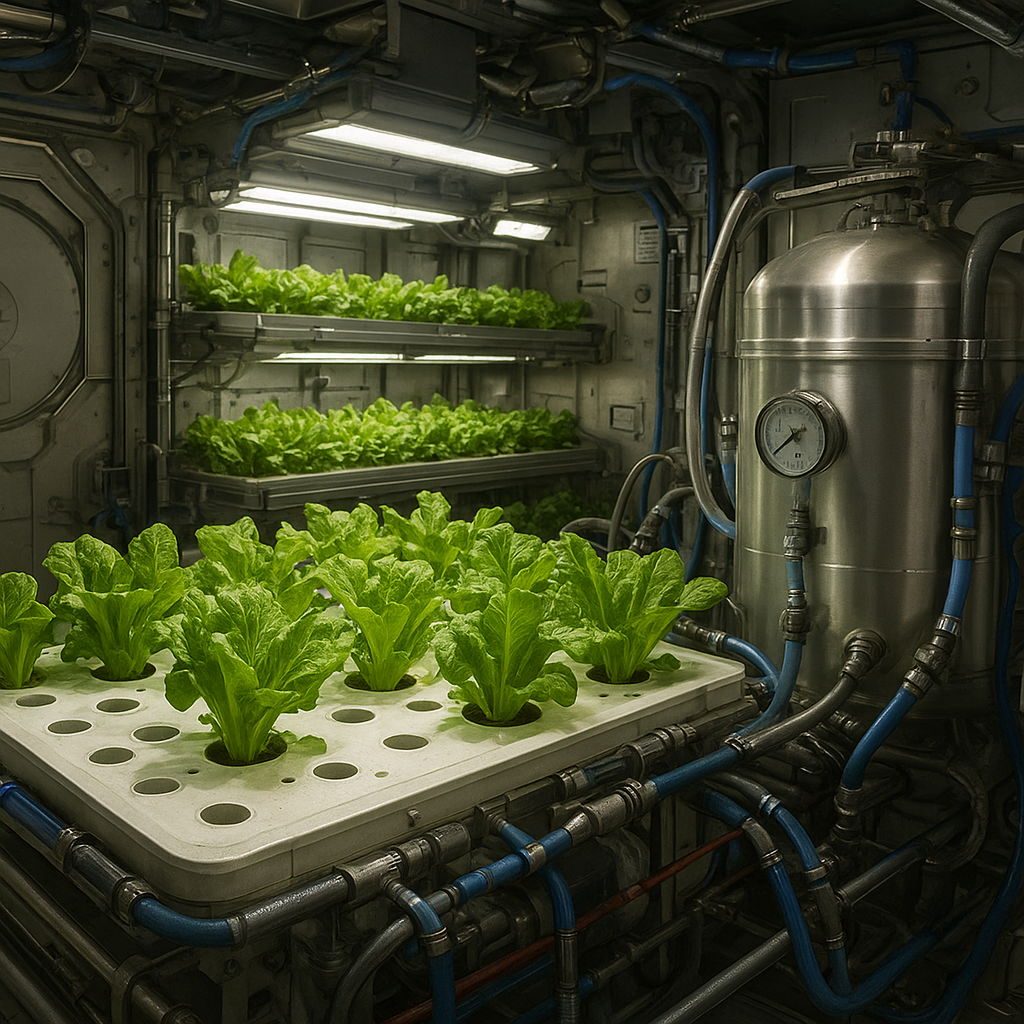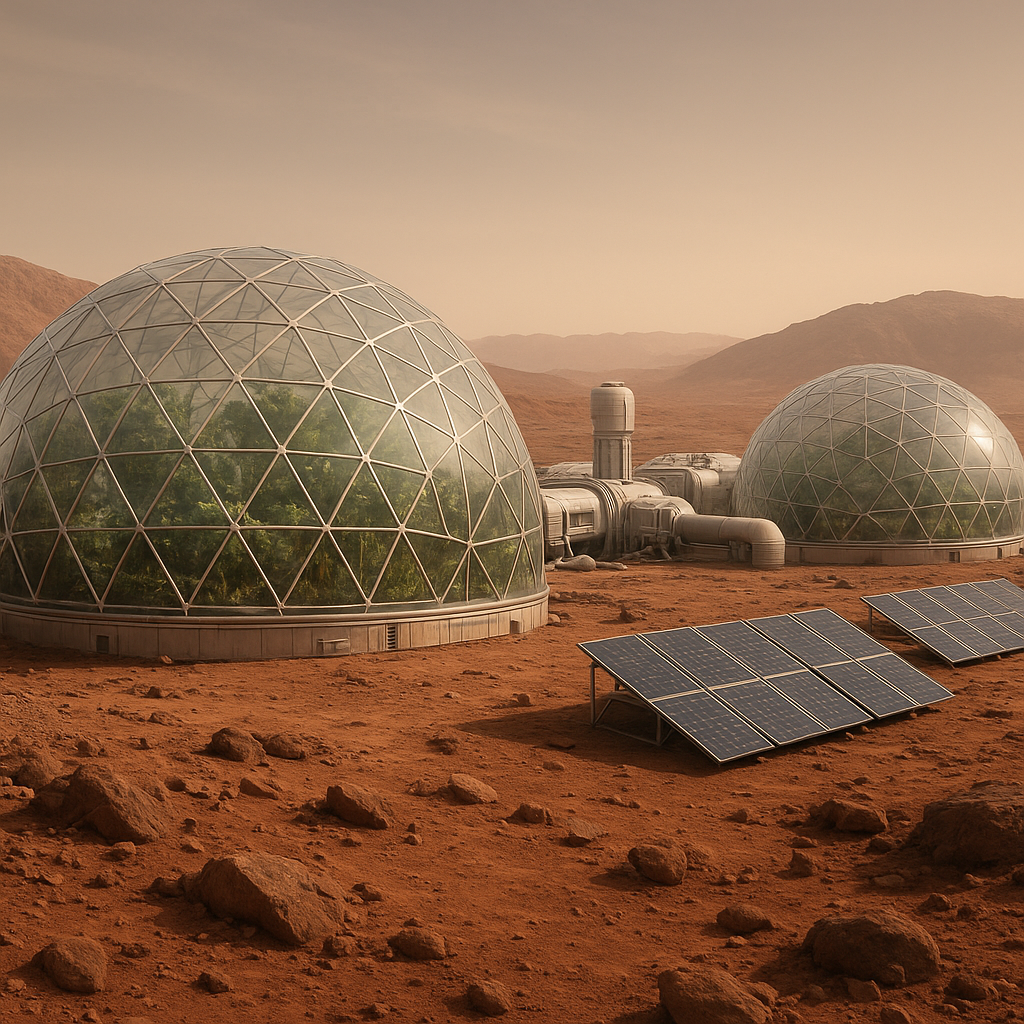How space farming technologies can benefit urban agriculture is a topic that bridges the gap between two seemingly disparate fields: agriculture and space exploration. As urban areas continue to grow and the demand for sustainable food sources increases, innovative solutions are needed to address the challenges of food production in densely populated environments. Space farming technologies, originally developed for extraterrestrial environments, offer unique insights and methods that can be adapted to enhance urban agriculture. This article explores the potential benefits of these technologies, focusing on hydroponics, aeroponics, and advanced environmental control systems.
Understanding Space Farming Technologies
Space farming technologies have been developed primarily for the purpose of sustaining human life in space. The challenges of growing food in microgravity environments have led to innovative agricultural practices that can also be applied on Earth, particularly in urban settings. These technologies focus on maximizing efficiency, minimizing resource use, and creating controlled environments that can produce food year-round.
Hydroponics: A Soil-less Solution
Hydroponics is a method of growing plants without soil, using nutrient-rich water instead. This technique has been extensively researched and implemented in space missions, such as NASA’s Veggie project aboard the International Space Station (ISS). The benefits of hydroponics for urban agriculture are numerous:
- Space Efficiency: Hydroponic systems can be set up in small spaces, making them ideal for urban environments where land is limited.
- Water Conservation: Hydroponics uses significantly less water than traditional farming methods, which is crucial in urban areas where water resources may be strained.
- Faster Growth Rates: Plants grown hydroponically often grow faster than those in soil, allowing for quicker harvest cycles and increased food production.
By adopting hydroponic systems, urban farmers can produce fresh vegetables and herbs in a fraction of the space and time required by conventional farming methods. This not only helps meet the food demands of growing urban populations but also reduces the carbon footprint associated with transporting food from rural areas.
Aeroponics: The Future of Urban Farming
Aeroponics takes the concept of soil-less farming a step further by suspending plants in air and misting their roots with a nutrient solution. This method has been tested in space and has shown promising results for efficient food production. The advantages of aeroponics for urban agriculture include:
- Minimal Resource Use: Aeroponic systems require even less water than hydroponics, making them an excellent choice for resource-constrained urban areas.
- Reduced Pest Issues: The controlled environment of aeroponic systems minimizes the risk of pests and diseases, reducing the need for chemical pesticides.
- Vertical Farming Potential: Aeroponic systems can be stacked vertically, maximizing space utilization in urban settings.
Implementing aeroponic systems in urban agriculture can lead to higher yields and healthier crops, while also promoting sustainable practices that align with the goals of modern cities.
Advanced Environmental Control Systems
One of the key challenges in urban agriculture is managing environmental conditions to optimize plant growth. Space farming technologies have developed advanced environmental control systems that can be adapted for urban use. These systems include:
Climate Control
In space, maintaining a stable climate is crucial for plant growth. Similarly, urban farmers can benefit from climate control technologies that regulate temperature, humidity, and light. These systems can:
- Enhance Growth Conditions: By providing optimal conditions for plant growth, urban farmers can increase yields and improve crop quality.
- Reduce Energy Consumption: Advanced climate control systems can be designed to use renewable energy sources, reducing the overall carbon footprint of urban farming.
- Facilitate Year-Round Production: With controlled environments, urban farmers can grow crops throughout the year, regardless of external weather conditions.
Automated Monitoring and Management
Automation is a significant aspect of space farming, where systems are monitored and adjusted remotely. Urban agriculture can benefit from similar technologies, including:
- Real-Time Data Collection: Sensors can monitor plant health, nutrient levels, and environmental conditions, allowing for timely interventions.
- Remote Management: Farmers can manage their systems from anywhere, making it easier to oversee multiple urban farms.
- Predictive Analytics: Data collected can be analyzed to predict growth patterns and optimize resource use, leading to more efficient farming practices.
By integrating advanced environmental control systems into urban agriculture, farmers can create more resilient and productive farming operations that can adapt to changing conditions and demands.
Challenges and Considerations
While the potential benefits of space farming technologies for urban agriculture are significant, there are also challenges that must be addressed. These include:
Initial Investment Costs
Implementing hydroponic, aeroponic, and advanced environmental control systems can require substantial initial investments. Urban farmers may need access to funding or grants to adopt these technologies. However, the long-term savings in water, energy, and labor costs can offset these initial expenses.
Technical Expertise
Operating advanced farming systems requires a certain level of technical knowledge. Urban farmers may need training to effectively manage hydroponic and aeroponic systems, as well as to utilize environmental control technologies. Partnerships with educational institutions or agricultural organizations can help bridge this knowledge gap.
Regulatory Hurdles
Urban agriculture is often subject to local regulations that can hinder the implementation of innovative farming practices. Policymakers need to recognize the benefits of space farming technologies and create supportive frameworks that encourage their adoption in urban settings.
The Future of Urban Agriculture
As cities continue to expand and the global population grows, the need for sustainable food production methods becomes increasingly urgent. Space farming technologies offer innovative solutions that can transform urban agriculture, making it more efficient, sustainable, and resilient. By leveraging hydroponics, aeroponics, and advanced environmental control systems, urban farmers can meet the challenges of food production in a rapidly changing world.
In conclusion, the intersection of space farming technologies and urban agriculture presents a unique opportunity to rethink how we produce food in cities. By embracing these innovations, urban areas can not only enhance their food security but also contribute to a more sustainable future. As we look to the stars for inspiration, we can also find solutions right here on Earth, ensuring that our cities thrive in harmony with the environment.




